Hiking vs running: which is the best?
Hiking vs running: we weigh in on the debate to figure out if one is really better for you than the other, and explain how to choose between the two
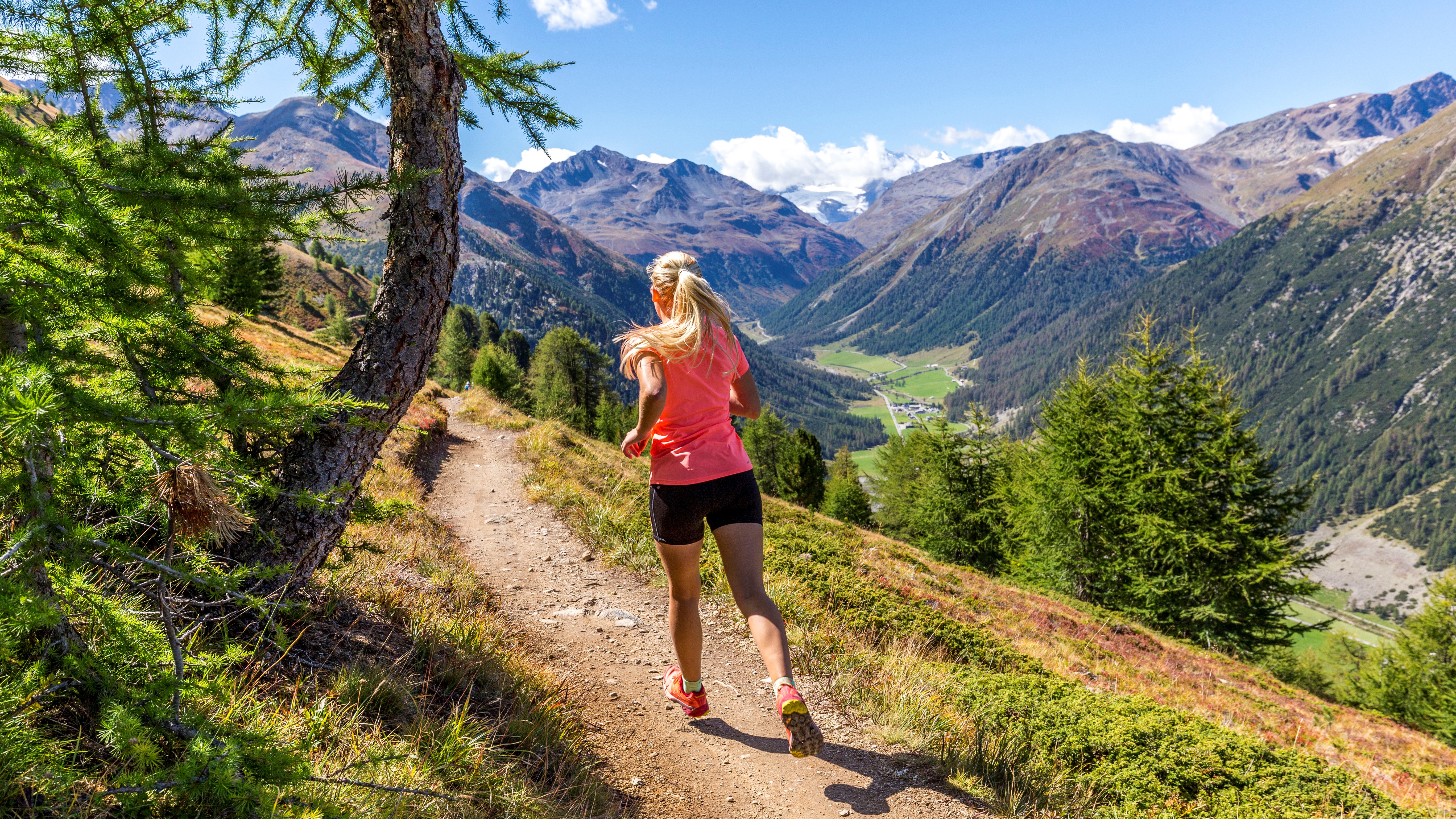
Hiking and running are two of our favorite ways to enjoy the great outdoors here at Advnture. After all, both provide mental and physical health benefits and, above all else, they're great fun. Of course, many people enjoy running and hiking in equal measure but when it comes to the backcountry, there can be a bit of a rift between those flying along the trails and those taking things a little easier.
"Slow down, there's no way you'll take it all in," bemoans the hiker, gesturing towards the surrounding peaks.
"I can cover so much more ground like this!" asserts the runner, pointing to their trail running shoes.
In this feature, we asked one of our outdoor loving fitness experts to wade into the debate around which is actually better from a fitness, wellbeing and accessibility point of view, giving each a fair accounting. Let's get into it.
Hiking vs running: the verdict
All in all, both hiking and running provide excellent physical benefits and require little in the way of technical gear.
Running is somewhat less accessible than hiking and carries a slightly higher risk of injury, giving hiking a small edge over running in those regards. However, running is a quicker way to get a hefty dose of exercise into your day.
But ultimately, if you don’t have to choose between the two, then why not do both?
| Header Cell - Column 0 | Hiking | Running |
|---|---|---|
| Calories burned | A 175lb person walking for an hour burns around 504 calories | A 175lb person running a 10-minute mile for an hour burns around 840 calories |
| Cardiovascular benefits | Hiking lowers your risk of developing cardiovascular disease, high blood pressure and high “bad” cholesterol | Running lowers your risk of developing cardiovascular disease, high blood pressure and high “bad” cholesterol, unless you overdo it, in which case it can cause cardiovascular damage |
| Impact | Low impact | High impact |
| Muscles used | Glutes, hip flexors, quads, hamstrings, calves and abdominals | Glutes, hip flexors, quads, hamstrings, calves and abdominals |
| Injury risk | Low, includes blisters, strains and sprains | Higher, includes repetitive stress conditions like plantar fasciitis and achilles tendonitis |
| Gear required | Can be done with gear you already own but requires proper footwear and backpack, may require hiking poles | Can be done with gear you already own but requires proper footwear, may require a sports bra |
| Time required | Longer, usually more than an hour | Shorter, can be less than an hour |
| Terrain | Varied, challenging, steep with scrambling | May be less varied or challenging, flat terrain and rolling hills |
| Accessibility | Accessible to anyone who can walk | May exclude people who are pregnant, injured, overweight or dealing with existing heart conditions |
Meet the expert

Julia is a lover of outdoor pursuits, from running and hiking to climbing and snow sports. She cut her teeth into the great American outdoors while living in Vail California and now lives back in her native Scotland, where the Highlands are her backcountry playground.
Today's best deals
Calories burned
- You'll burn more calories running for an hour than hiking for an hour
- However, you're more likely to hike for longer than you'd run
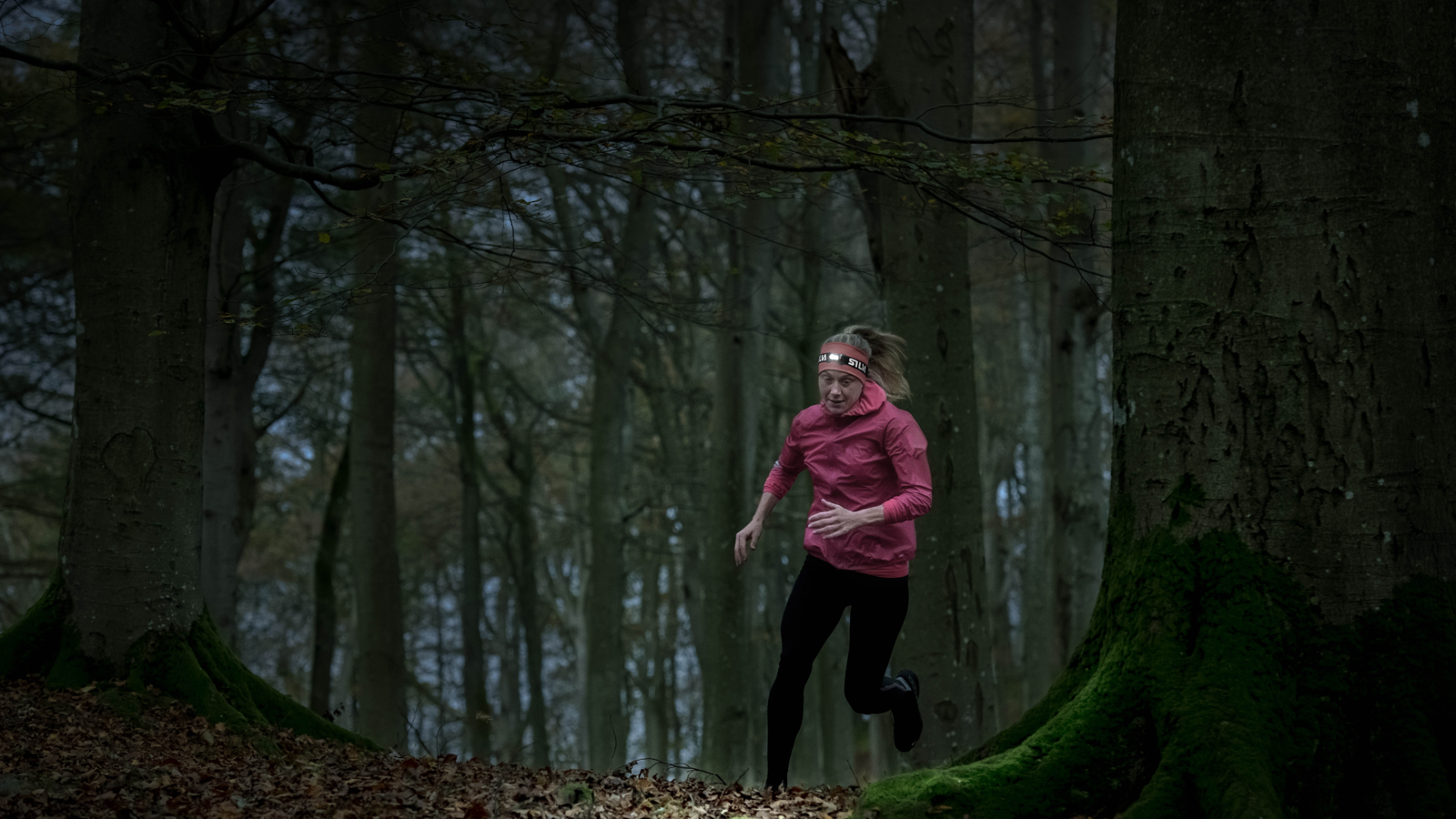
In an hour of running, you’ll burn more calories than in an hour of hiking according to the University of Rochester Medical Center. However, you’re more likely to hike for longer than you would run, possibly burning more calories in the end, which levels the playing field somewhat. For example, a 175lb person running a 10-minute mile for an hour would burn around 840 calories, but that same person would burn 1008 calories in two hours of hiking.
All the latest inspiration, tips and guides to help you plan your next Advnture!
Since hiking is usually a two-hour or longer affair, the difference in calories might not be as cut and dried as you think. Running wins within the same timeframe, but this one really comes down to how long you plan to move for.
Cardiovascular benefits
- Both have cardiovascular benefits when done in moderation
- Training too hard when running can lead to cardiovascular damage

Cardiovascular exercise is any form of activity that increases your heart rate. When it comes to that heart-pounding feeling on the trail, you’re more likely to notice it on a run than a hike, where you’ll need to be on the uphill to really challenge your cardiovascular system. But is running actually better cardiovascular activity?
The American Heart Association conducted a study on almost 49,000 people which found that walking and running produced similar results when it came to lowering the risks of developing cardiovascular disease, high blood pressure and high “bad” cholesterol, all benefits of cardiovascular activity.
Further, a 2018 study conducted by the Radboud Institute for Health Sciences in the Netherlands found that high volume, high intensity and long term running was associated with cardiovascular damage, so if you’re overdoing it as a runner, you can actually offset the cardiovascular benefits.
Assuming you’re doing things in moderation though, the two seem to provide equal benefits when it comes to your ticker.
Learn more about this topic in our article is running good for you?
Impact on your joints
- Hiking is easier on your joints than running
- There are contrasting arguments as to whether running is good or bad for your joints in the long term
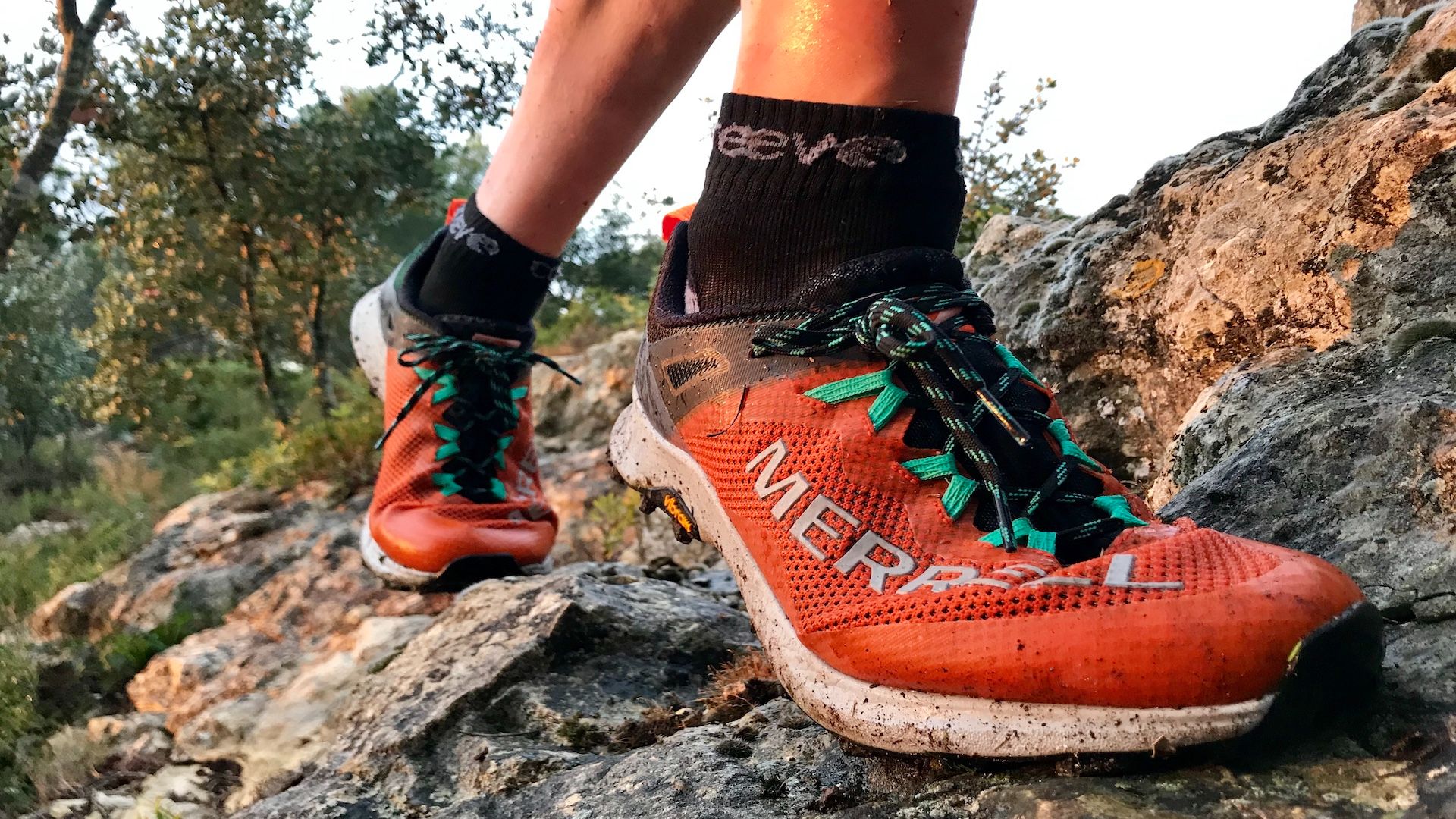
Hiking is generally thought of as a low-impact activity. You pretty much always have one foot on the ground unless you’re hopping across a stream, and your footsteps don’t take you very far from the ground, meaning you don’t land heavily if your form is good. Therefore, it’s thought to be easier on your joints.
Running, on the other hand, is considered a high-impact activity. With each step, you move further away from the ground than when you’re walking and therefore land on the ground with more force. Critics of running suggest that this wears away at the cartilage of your knee joints leaving you with arthritis later in life, but proponents claim that keeping your muscles strong by running actually takes the strain off your joints, and the repetitive movement helps lubricate the synovial joints, including your ankles, knees and hips.
Ultimately, if you’re overweight, pregnant or working with arthritis or injury, hiking is probably the better option, but otherwise if you run with good form there’s not a lot of evidence yet to suggest that its additional impact is inherently damaging.
Muscles used
- Both are great for strengthening your leg muscles and abdominal muscles
- Try yoga stretches to help your muscles recover

Another criteria when it comes to the physical fitness perks of running and hiking are the muscles used. Both running and hiking are great for strengthening your leg muscles such as your glutes, hip flexors, quads, hamstrings and calves, and both can have a strengthening impact on your abdominal muscles too which work to stabilize you in motion, so we’re calling this one a tie.
If you're already hiking and running a lot and looking for ways to recover, try yoga for hiking or yoga stretches for runners.
Injury risk
- You're at a greater injury risk when running than hiking
- Good form and wearing appropriate footwear will help to avoid injury in both cases
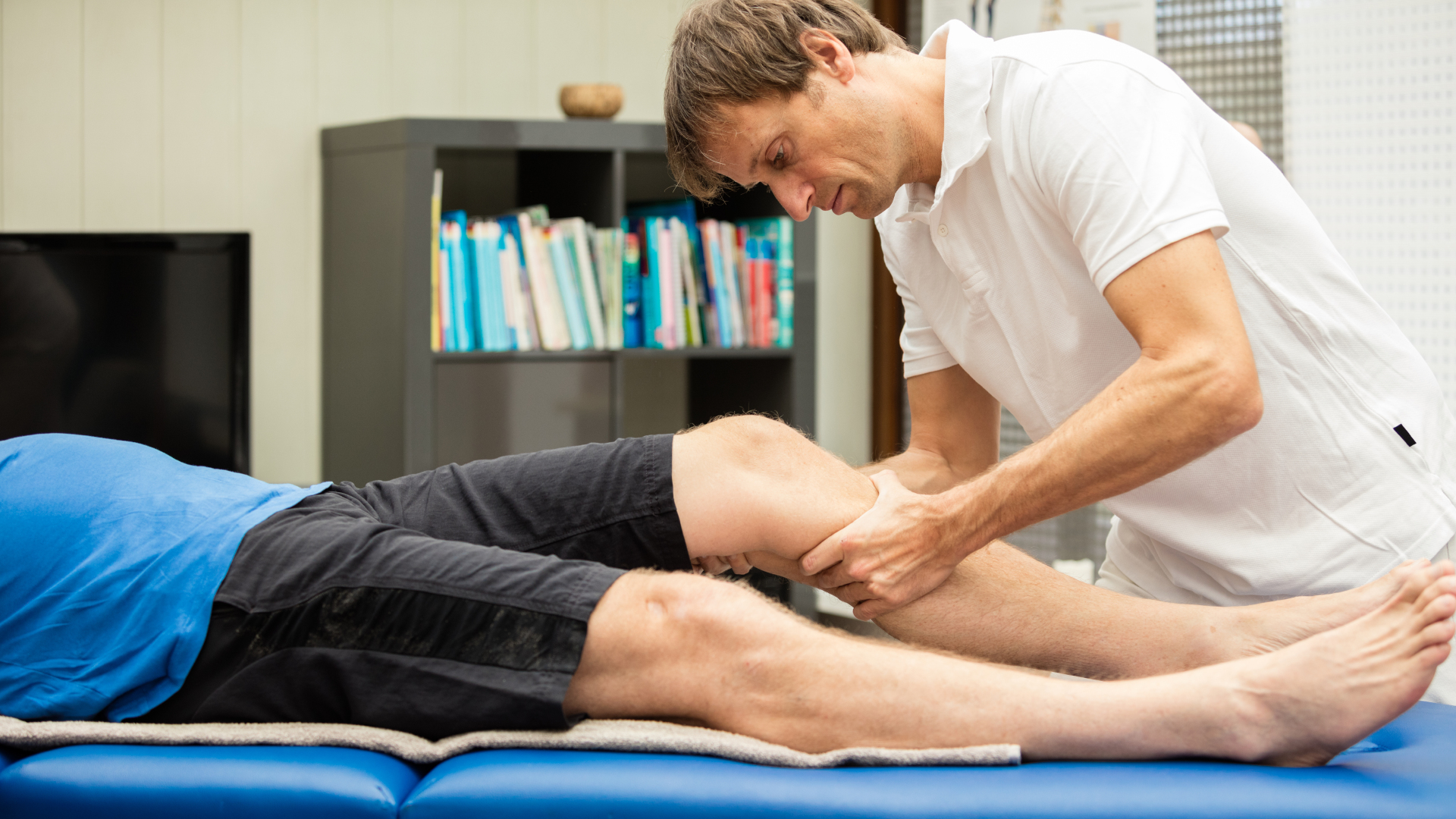
Generally, higher impact sports come with a greater injury risk, so running is technically a little more risky. According to the Cleveland Clinic, the most common running injuries are repetitive stress conditions like plantar fasciitis and achilles tendonitis.
Hiking however is not without peril. Among the most common hiking injuries are the relatively tame-but-annoying blister and the more unwelcome strains and sprains. In both cases, using good form and wearing the right footwear will help offset the risk of injury.
Not all runners will experience injuries, but studies do seem to suggest that runners have a higher incidence of injury than walkers and hikers, so we’re giving hiking a slight edge over running here.
Gear required
- Neither requires lots of gear compared to snow sports, climbing or mountaineering
- Quality footwear is essential for both
- If you're hiking long distances, you'll need more gear
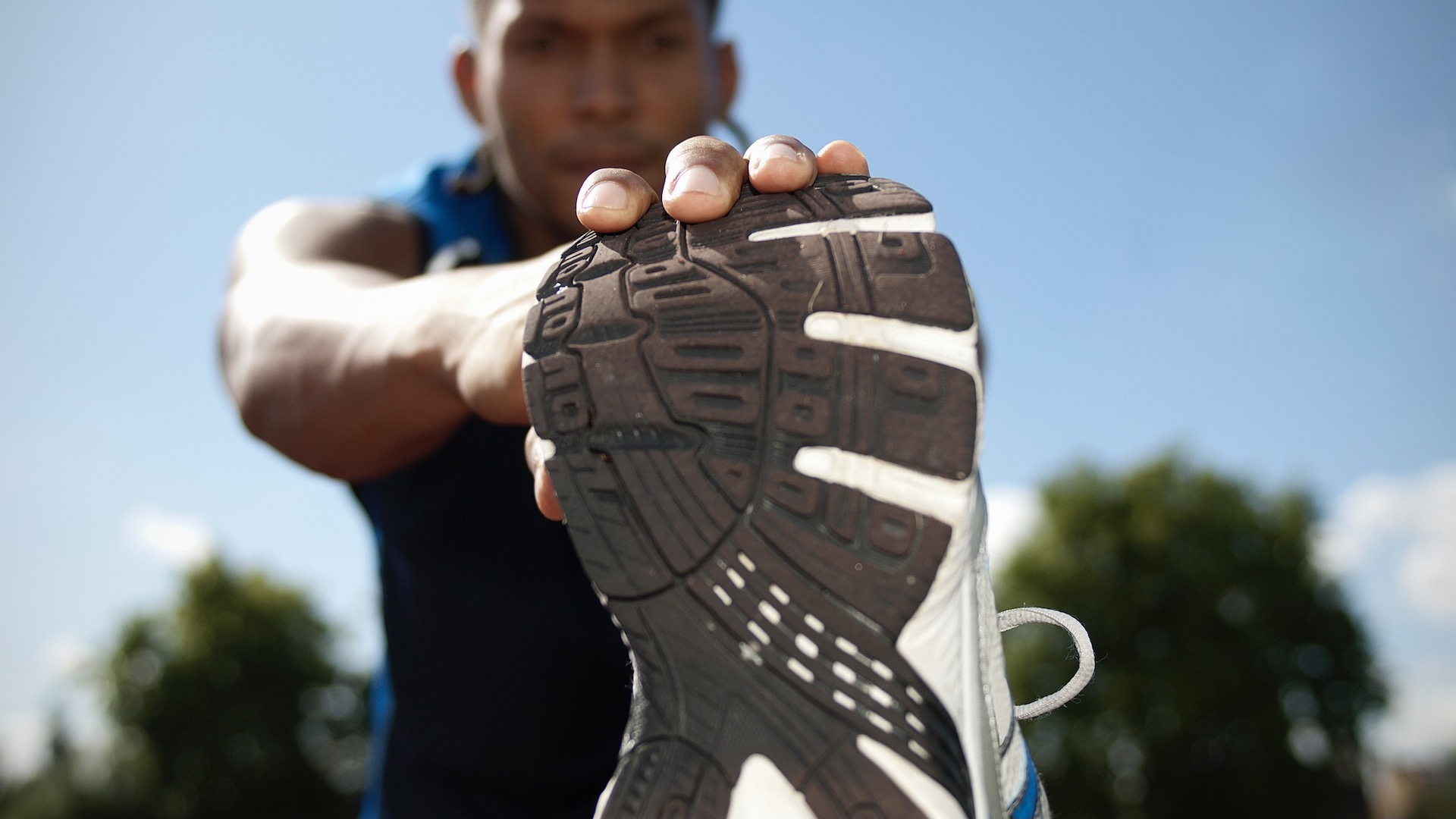
Moving on from the physical benefits and risks, let’s consider the gear required for hiking and running. In all honesty, neither sport requires a ton of gear compared to pursuits like rock climbing, mountaineering or skiing.
For both, you absolutely need proper footwear. However, while some people prefer to hike in hiking boots, many choose to do both sports in trail running shoes. For both, you might get started in whatever workout gear you already own but if you’re doing it regularly, you’ll be more comfortable in breathable clothing and need waterproofs for wet conditions.
Wool socks for hiking are ideal to prevent the aforementioned blisters (take a look at our roundup of the best hiking socks), while women will usually want a bra for running but not necessarily for hiking. If you’re hiking longer distances, you might use hiking poles and will need to carry a backpack, whereas even with long distance trail running, you need to keep your kit to a minimum.
That said, most of the gear you need to get started in either sport is gear that you probably already own, and how much you invest is really up to you, so this one is another tie.
Learn more about the gear you need in our articles what to wear hiking and how to get into trail running.
Time required
- Running is a much quicker way to get your exercise in

Needless to say that you’ll need more time to hike five miles than you will to run the same distance since you’ll be moving slower, which might make it more appealing if you have an already packed schedule or want to get outside more regularly, so we’re giving this one to running.
Types of terrain
- Most people tackle tougher terrain when hiking than running
- Most trail runners slow down to a hike for steep or technical sections anyway
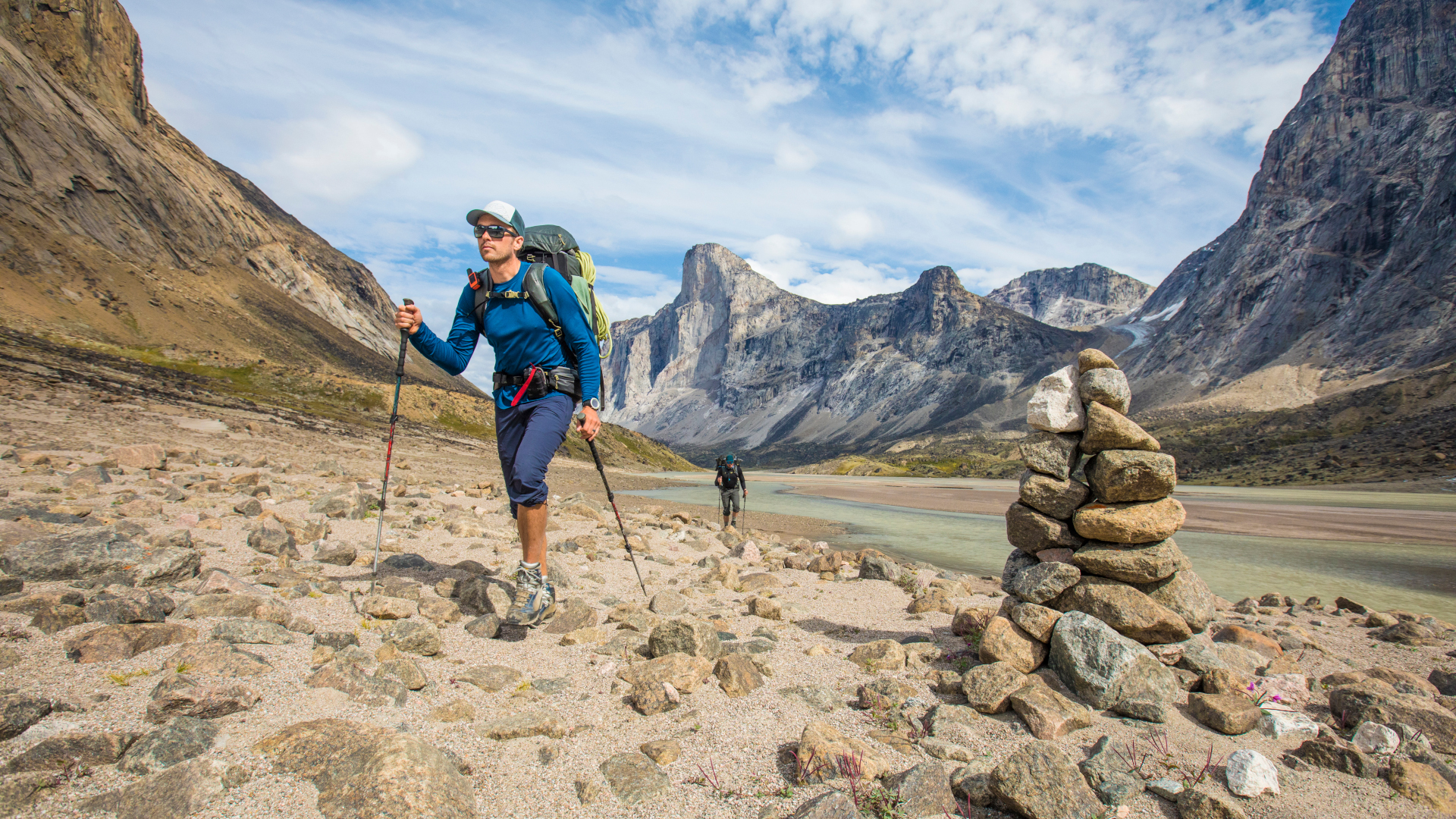
There are ultrarunners who run the world’s toughest trails and peaks, but for most of us, we’re likely to be able to tackle tougher terrain hiking than we are running, especially if steep ascents and descents are involved. You might also be more willing to hike on terrain that is slick underfoot.
If you’re just getting into trail running, you’ll want to avoid slicker trails and stick to flatter terrain such as through forests, or rolling hills, whereas hiking can take you on more exciting and steep trails that might even involve scrambling or climbing. Many trail runners simply choose to walk the steeper sections though, so choosing running doesn't necessarily prohibit you from trying more challenging trails.
This one really comes down to your ability, but starting out, you might be able to cover a greater variety of terrain hiking than you can running.
Accessibility
- Anyone who is able to walk can do hiking to some degree
- Running may exclude people who are pregnant, injured, overweight or dealing with existing heart conditions
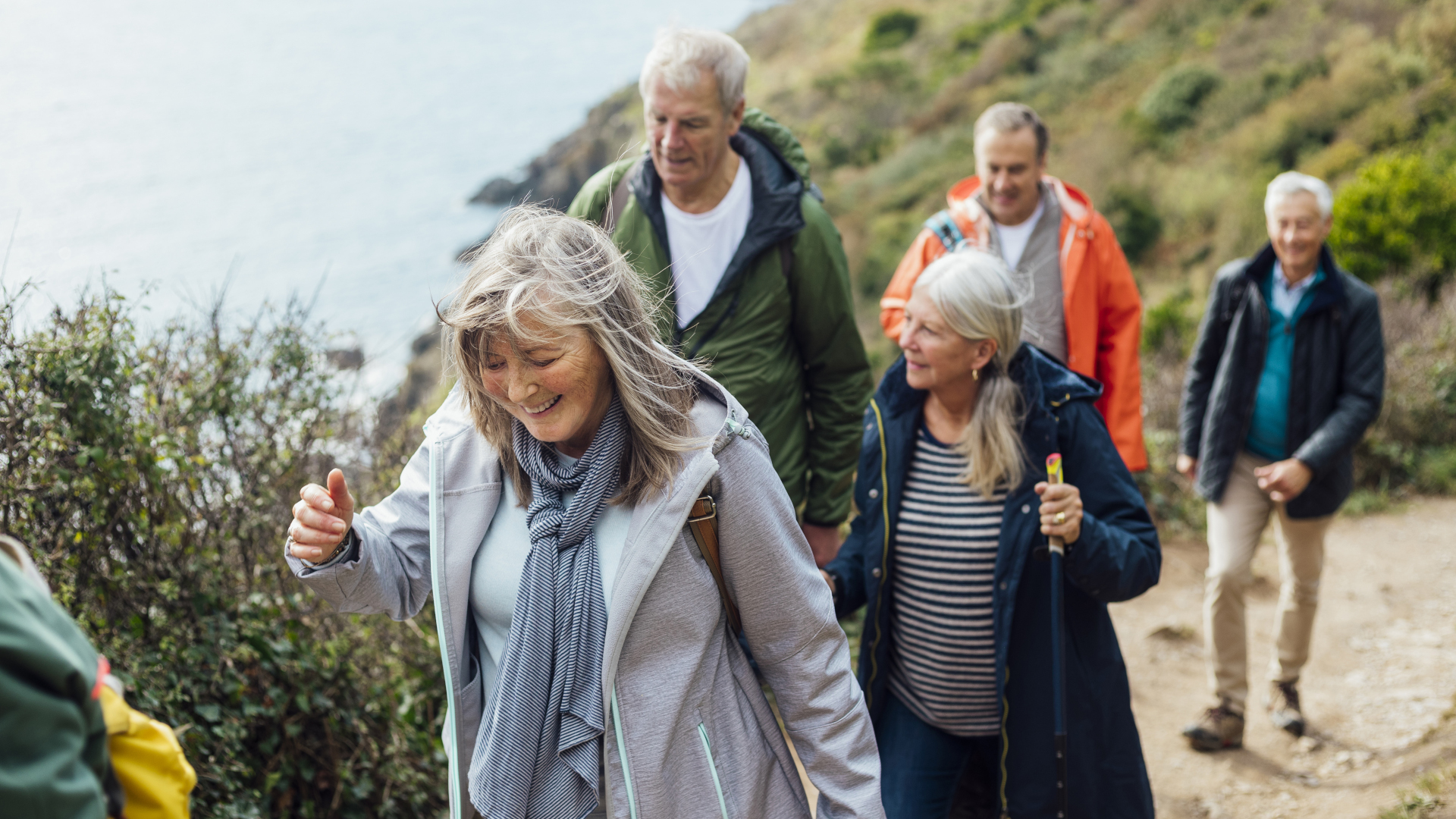
Hiking wins the accessibility category as anyone who can walk can do some level of hiking, even if it’s a short, gentle forest walk.
Running on the other hand might exclude people who are pregnant, injured, overweight or dealing with existing heart conditions so it’s a little less accessible to all. However, some of these people will be able to build their fitness through hiking, and work their way up to running.
Julia Clarke is a staff writer for Advnture.com and the author of the book Restorative Yoga for Beginners. She loves to explore mountains on foot, bike, skis and belay and then recover on the the yoga mat. Julia graduated with a degree in journalism in 2004 and spent eight years working as a radio presenter in Kansas City, Vermont, Boston and New York City before discovering the joys of the Rocky Mountains. She then detoured west to Colorado and enjoyed 11 years teaching yoga in Vail before returning to her hometown of Glasgow, Scotland in 2020 to focus on family and writing.
